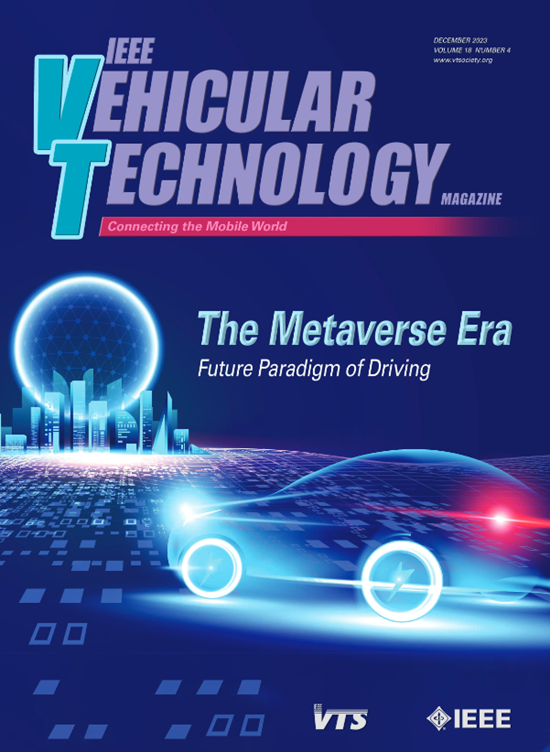Vision-Assisted Millimeter-Wave Beam Management for Next-Generation Wireless Systems: Concepts, Solutions, and Open Challenges
IF 5.8
2区 计算机科学
Q1 ENGINEERING, ELECTRICAL & ELECTRONIC
引用次数: 2
Abstract
Beamforming techniques have been widely used in the millimeter-wave (mm-wave) bands to mitigate the path loss of mm-wave radio links as narrow straight beams by directionally concentrating the signal energy. However, traditional mm-wave beam management algorithms usually require excessive channel state information (CSI) overhead, leading to extremely high computational and communication costs. This hinders the widespread deployment of mm-wave communications. By contrast, the revolutionary vision-assisted beam management system concept employed at base stations (BSs) can select the optimal beam for the target user equipment (UE), based on location information determined by machine learning (ML) algorithms applied to visual data, without requiring channel information. In this article, we present a comprehensive framework for a vision-assisted mm-wave beam management system, its typical deployment scenarios, and the specifics of the framework. Then, some of the challenges faced by this system and their efficient solutions are discussed from the perspective of ML. Next, a new simulation platform is conceived to provide both visual and wireless data for model validation and performance evaluation. Our simulation results indicate that vision-assisted beam management is indeed attractive for next-generation wireless systems.下一代无线系统的视觉辅助毫米波波束管理:概念、解决方案和开放挑战
波束形成技术已被广泛用于毫米波(mm波)频带,以通过定向地集中信号能量来减轻作为窄直波束的mm波无线电链路的路径损耗。然而,传统的毫米波波束管理算法通常需要过多的信道状态信息(CSI)开销,导致极高的计算和通信成本。这阻碍了毫米波通信的广泛部署。相比之下,基站(BS)采用的革命性的视觉辅助波束管理系统概念可以基于应用于视觉数据的机器学习(ML)算法确定的位置信息,为目标用户设备(UE)选择最佳波束,而不需要信道信息。在本文中,我们提出了一个视觉辅助毫米波波束管理系统的全面框架,其典型部署场景,以及该框架的细节。然后,从ML的角度讨论了该系统面临的一些挑战及其有效的解决方案。接下来,设想了一个新的仿真平台,为模型验证和性能评估提供视觉和无线数据。我们的仿真结果表明,视觉辅助波束管理对下一代无线系统确实很有吸引力。
本文章由计算机程序翻译,如有差异,请以英文原文为准。
求助全文
约1分钟内获得全文
求助全文
来源期刊

IEEE Vehicular Technology Magazine
ENGINEERING, ELECTRICAL & ELECTRONIC-TELECOMMUNICATIONS
CiteScore
14.10
自引率
1.20%
发文量
66
审稿时长
>12 weeks
期刊介绍:
IEEE Vehicular Technology Magazine is a premier publication that features peer-reviewed articles showcasing advancements in areas of interest to the IEEE Vehicular Technology Society. Our scope encompasses theoretical, experimental, application, and operational aspects of electrical and electronic engineering relevant to motor vehicles and associated land transportation infrastructure. This includes technologies for terrestrial mobile vehicular services, components, systems, and auxiliary functions within motor vehicles, as well as components and systems used in both automated and non-automated facets of ground transport technology. The magazine focuses on intra-vehicular components, systems, and applications, offering tutorials, surveys, coverage of emerging technology, and serving as a platform for communication between the IEEE VTS governing body and its membership. Join us in exploring the latest developments in vehicular technology.
 求助内容:
求助内容: 应助结果提醒方式:
应助结果提醒方式:


